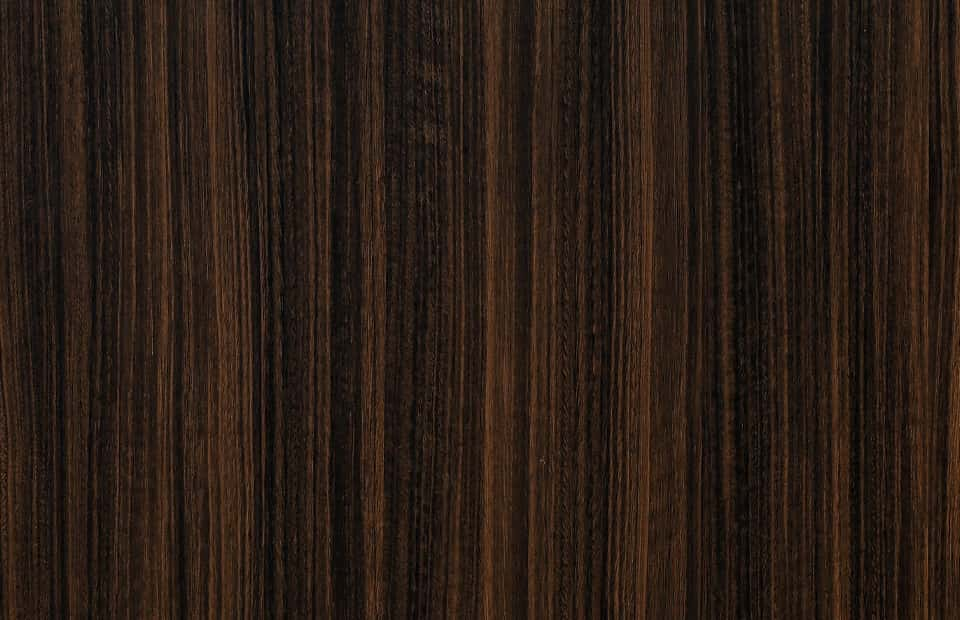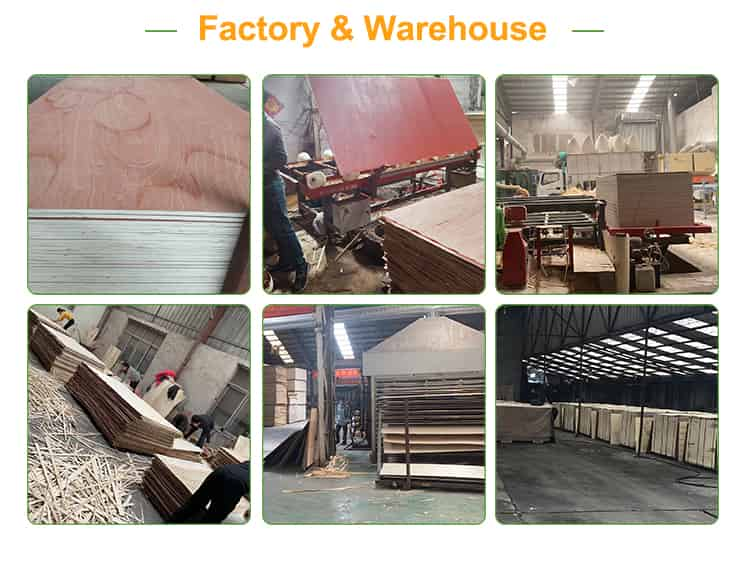**Advantages And Disadvantages Of Laminated Wood**
Laminated wood has become increasingly popular in the construction and furniture industries due to its unique properties and advantages. But, like any material, it’s not without its drawbacks. Let’s delve into the benefits and limitations of laminated wood, keeping in mind products like Prelaminated MDF Board, Pre Laminated Board, and Laminate Particle Board.
To begin with, laminated wood offers a significant advantage in terms of strength and durability. The process involves layering multiple sheets of wood or other materials together with adhesives, resulting in a robust structure. This multi-layered construction ensures that the end product is less likely to warp, split, or crack over time compared to solid wood alone. Furthermore, this increased stability makes it an ideal choice for applications requiring high resistance, such as flooring, decking, and even in the construction of beams and posts.

Another benefit lies in the aesthetic appeal of laminated wood. It can be manufactured in a variety of colors, textures, and patterns, providing a wide range of design options for consumers and businesses alike. For instance, manufacturers can replicate the look of more expensive woods at a fraction of the cost, making it accessible to a broader market. Products like Laminated Stand Up Paddle Board showcase how laminates can mimic natural wood grain while offering enhanced functionality.
Moreover, the production process of laminated wood often results in less waste compared to traditional lumber milling methods. Veneers used in lamination can be cut more efficiently from logs than traditional lumber, leading to a potentially more sustainable resource use.

However, one of the primary disadvantages associated with laminated wood is its susceptibility to moisture. While the surface layers may be sealed and resistant to water, if the core layers are not adequately protected, they can absorb moisture, leading to swelling and delamination. This vulnerability limits its use in environments where it might regularly come into contact with water, unlike solid hardwood alternatives which naturally resist moisture better.
Additionally, while laminates offer versatility in design and color, this can also be seen as a downside. The artificial appearance might not appeal to those who prefer the natural variations inherent in solid wood. Critics argue that the uniformity of laminates lacks the character and warmth found in genuine hardwood surfaces.

Lastly, the cost of production for laminated wood can sometimes outweigh the benefits, especially when considering high-quality pre-laminated boards. These premium products demand a higher price point, which might not always align with budget constraints, particularly for large-scale projects or those on tight budgets.
In conclusion, laminated wood presents a compelling blend of features that cater to both practical and aesthetic requirements across various sectors. From enhancing structural integrity to offering diverse design possibilities, its advantages are clear. Nonetheless, users must consider potential drawbacks such as moisture sensitivity, a possibly artificial look, and costs when deciding whether to incorporate laminated wood into their projects. By carefully weighing these pros and cons, stakeholders can make informed choices that meet their specific needs, whether opting for Prelaminated MDF Board companies or selecting between Laminate Particle Board options.

